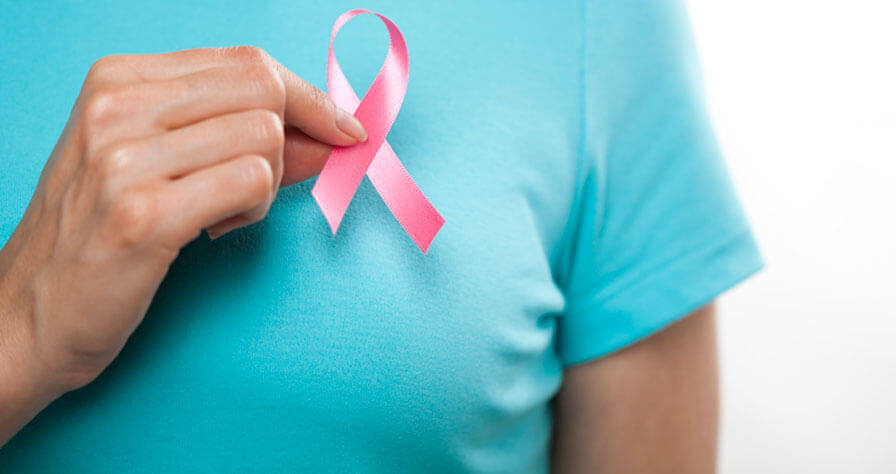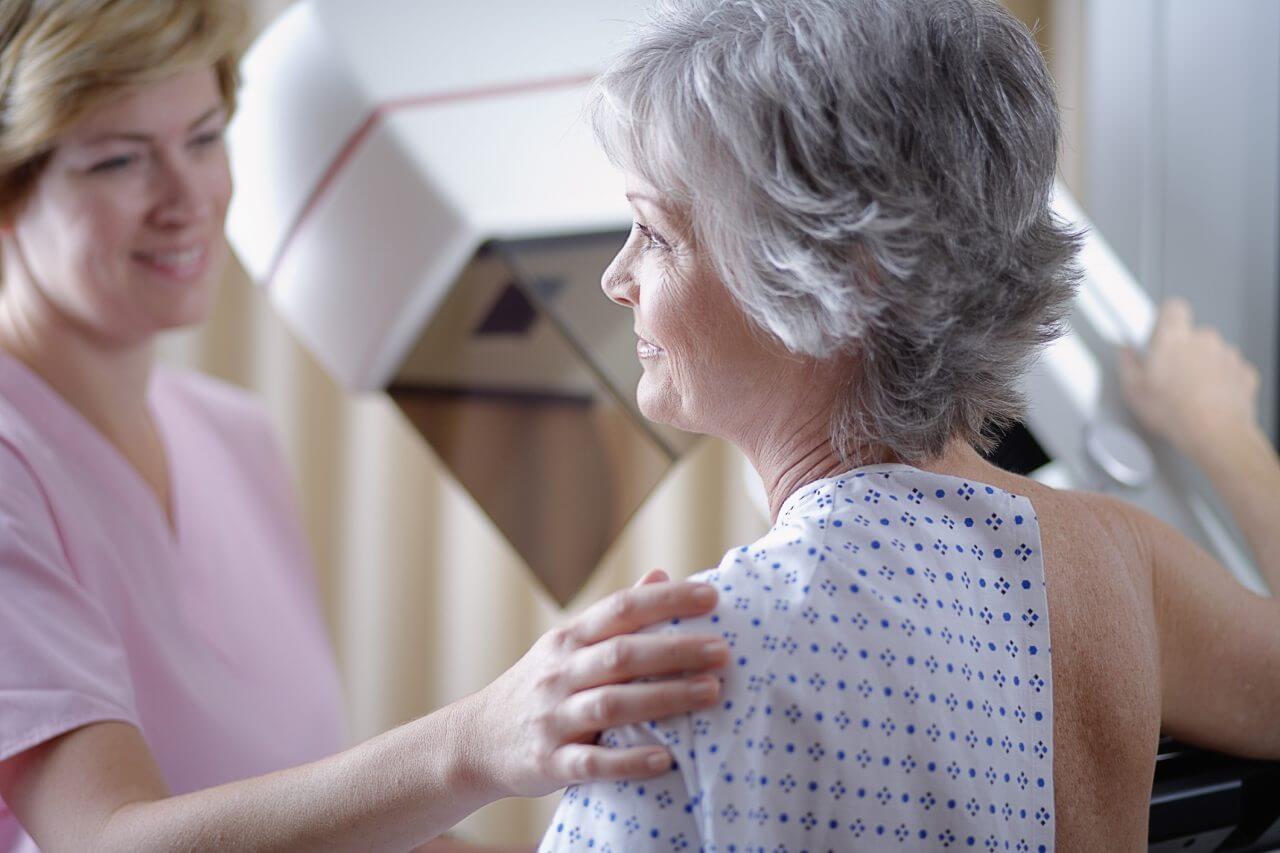Detection of Breast Cancer

Lawrence Mason, MD, Radiology/Breast Imaging:
A mammogram is an X- ray of the breast where the energy beam is narrowed into a specialized range that will improve contrast and detection of small, subtle changes of the breast, but will limit the amount of harmful radiation to the breast. If a patient has a history of breast cancer in their family they should seek counseling from a clinician who can further counsel them regarding their level of risk. If a patient is found to have increased risk for breast cancer that is less than 20 percent, but above 15 percent, they may begin to undergo screening mammography about 10 years before their earliest first-degree relative who has had breast cancer.
Ronna Nichter:
My mother was in her 50s when she was diagnosed. I was 32, and so her oncologist wanted me to start getting my mammograms early because she felt it ran in the family. So I started getting my mammograms at 32 and at the age of 40, I was diagnosed with breast cancer.
Dr. Mason:
Early detection is key to increasing survival with breast cancer. Primarily, because you may find things at an early stage before they produce symptoms or before they are felt.
Ronna Nichter:
If you can catch this early enough you might have less treatment. At the same time, it’s better to know than to not know. And, if you’re scared going for yourself, think of your family. Think of your children, think about doing it for them so that you can be around longer for them.
Learn more about Baptist Health Cancer Services today.



